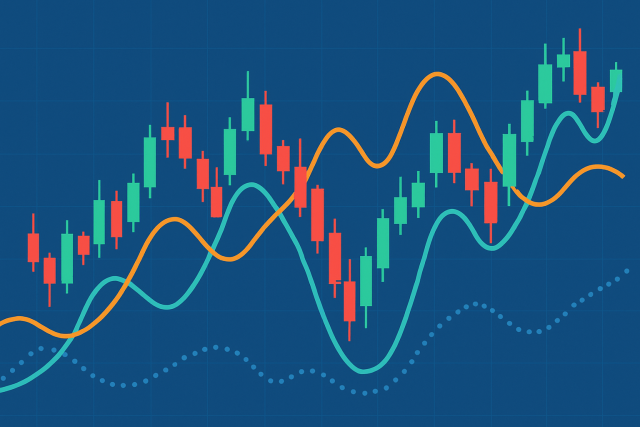
The Meaning Of Whipsaw In Trading Terms Explained
Discover what whipsaw means in trading, why it occurs, and how to recognize and manage sharp price r...
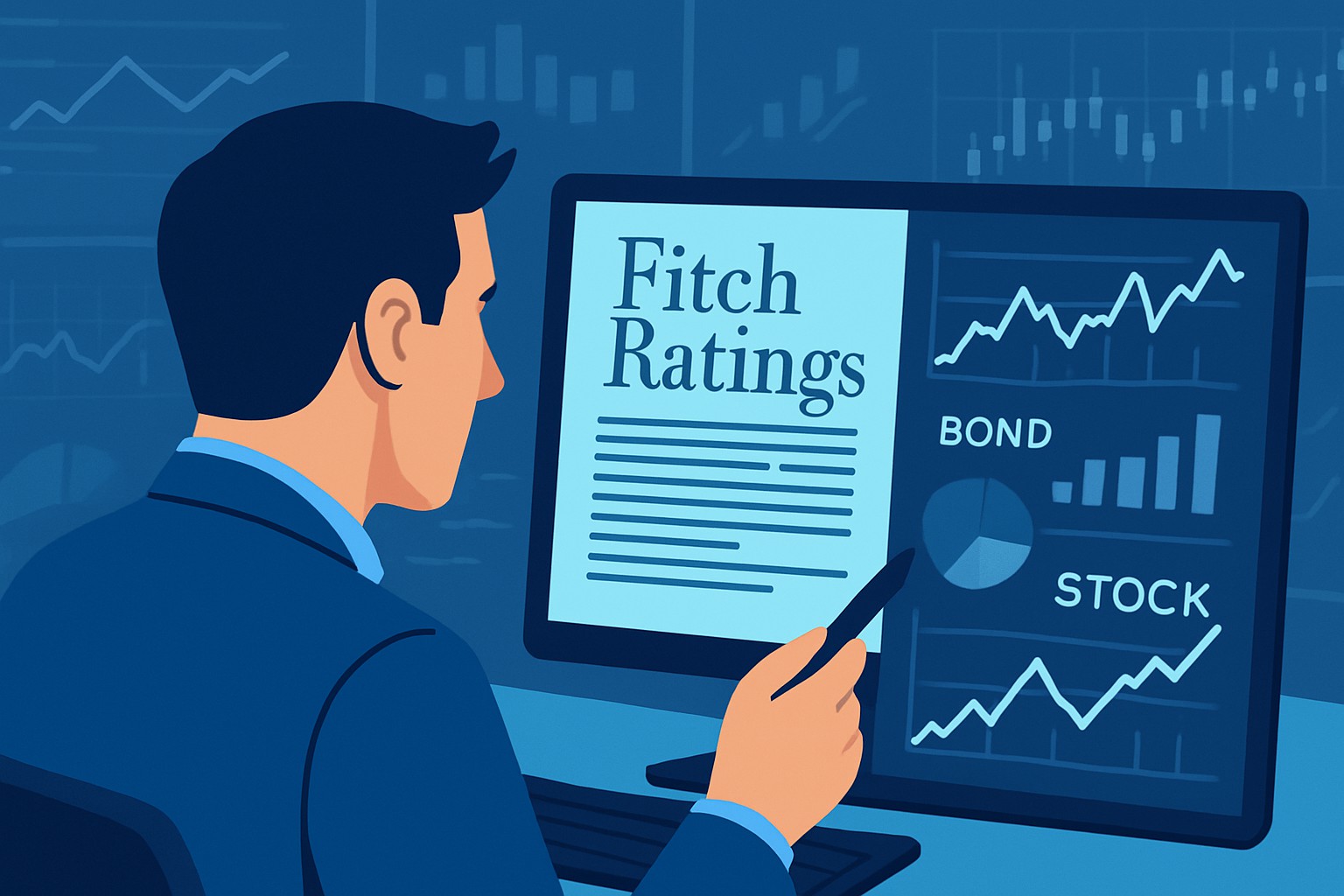
Understanding the Fitch definition is key to grasping its important role in global finance, where it carefully evaluates and assigns credit ratings to governments, companies and financial products.
Fitch Ratings stands tall as one of the big three credit rating agencies, rubbing shoulders with Moody’s and Standard & Poor’s. Fitch’s bread and butter is sizing up the creditworthiness of entities like governments and corporations. Their ratings basically offer a sneak peek into how likely a borrower is to keep up with their debt payments.
Fitch's credit rating process sticks to a clear and well-structured approach aiming to keep everything transparent and consistent—no room for guesswork here. It kicks off by gathering detailed financial information, diving deep into the numbers before stepping back to consider broader qualitative factors that paint the full picture. Then, a committee rolls up its sleeves and reviews all the findings together.
Fitch kicks off by gathering a broad mix of data from issuers, public financial statements and industry reports plus economic indicators—basically leaving no stone unturned.
The analysts roll up their sleeves for a deep dive into the numbers focusing on key metrics like leverage, cash flow and liquidity—because those figures often tell the real story.
It’s time for a qualitative review where they take a closer look at management quality, market position and competitive risks plus the regulatory environment—sort of the human side of the equation.
These findings land on the desks of the internal rating committee where experts argue, discuss and double-check assumptions until they see eye to eye on the rating—teamwork really making the dream work here.
Once the rating is set in stone, Fitch publishes it along with detailed commentary and watch status to keep everyone from market veterans to casual observers in the loop.
Fitch’s ratings cover the full spectrum from AAA—the highest rating that signifies an exceptionally strong ability to repay debt—all the way down to D, which represents the worst-case scenario: default. Investment grades range from AAA to BBB- and usually indicate lower credit risk. They attract more cautious and conservative investors. Ratings of BB+ and below fall into speculative territory. They carry a higher risk of default but often offer potentially higher yields. These ratings aren’t arbitrary; they carefully consider the issuer’s financial health and challenges from economic or industry headwinds.
| Rating Symbol | Category | Description | Risk Level | Typical Users' Interpretation |
|---|---|---|---|---|
| AAA | Investment Grade | Top-notch credit quality with a truly tiny chance of default | Very Low Risk | Seen as rock-solid and often the go-to choice for the more cautious investors |
| AA | Investment Grade | Strong ability to meet financial commitments | Low Risk | High-quality bonds that carry just a hint more risk than AAA, but still pretty safe bets |
| A | Investment Grade | Good capacity to repay, though a bit more exposed to risks | Low to Moderate | Generally reliable, but can wobble a bit when the economy takes a turn |
| BBB | Investment Grade | Adequate ability to meet obligations though more sensitive to negative factors | Moderate Risk | The lowest rung on the investment grade ladder; best handled with a dose of caution |
| BB and below | Speculative Grade | Elevated credit risk with a noticeably higher chance of default | High Risk | Often dubbed high-yield or junk bonds; suited for investors who don’t mind a bit of a gamble |
| CCC and below | Speculative Grade | Highly speculative with a significant risk of default | Very High Risk | Usually distressed debt, often teetering on the edge of or already in default |
| D | Speculative Grade | Has defaulted on financial obligations | Defaulted | Generally steered clear of, except maybe in some very special situations |
Traders often stumble upon terms like "investment grade" that point to bonds seen as safer bets and "junk bonds" rated below BBB- which carry higher risk but might reward you with bigger returns. Ratings typically come with outlooks like positive, stable or negative. These give a nudge about what could be lurking around the corner.
Fitch ratings don’t just tug at bond prices—they shape stock values, nudge risk appetite and steer market sentiment. Traders lean on these ratings like a trusty map to size up credit risk, gauge yield expectations and anticipate credit events that could shake things up.
Traders often lean on Fitch ratings when figuring out which bonds deserve a spot in their portfolios or sizing up the risk in stock investments, especially in the financial sectors. These ratings aren’t just numbers—they flag potentially bright opportunities and warn of slipping credit quality.
Investors usually zero in on bonds rated from AAA to BBB since these tend to preserve capital and dial down risk—not exactly thrilling but effective.
Some daring traders like to roll the dice on bonds or stocks recently downgraded, hoping to catch a rebound or ride wild price swings—a financial rollercoaster for the brave.
Looking at corporate credit ratings gives stock traders extra ammo for sizing up counterparty risks and the company’s financial health beyond just earnings reports.
When Fitch shifts its ratings it often sends a clear signal to buy or sell and nudges investors to tweak their portfolios like adjusting sails on a boat facing changing winds.
Bonds from emerging markets rated by Fitch offer traders a handy way to read the tea leaves on country risk and figure out how to spread investments in these unpredictable parts of the world.
Relying on Fitch Ratings has been a real game-changer in helping us manage credit exposure with confidence. Their straightforward methodology and quick updates allow us to stay one step ahead, tweaking our strategies before problems crop up—rather than scrambling to catch up later. – Jane Thompson, Institutional Fixed Income Trader
Many traders tend to overread what Fitch ratings actually signify. They aren’t promises of performance or safety—they’re more like informed opinions based on the data on hand at the moment.
To fully understand the Fitch definition and its implications, traders can track down Fitch ratings on the official Fitch website or via financial terminals like Bloomberg or Refinitiv. They can also find them on many brokerage platforms. It's worth taking the time to dig into the rating rationales and outlook comments because they often reveal the bigger picture beyond the numbers.
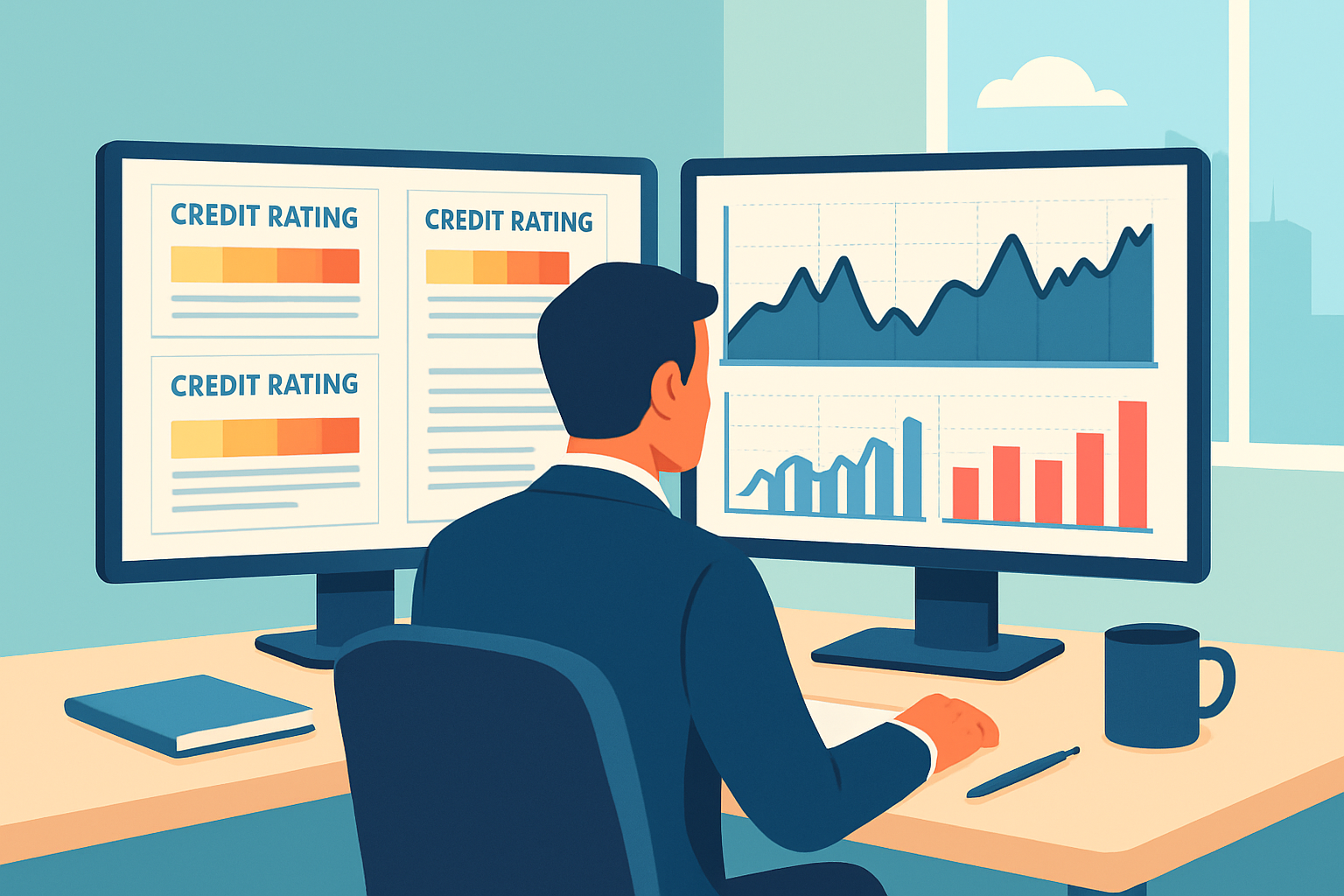
Analyst studying Fitch Ratings reports alongside stock charts to make informed trading decisions.
Struggling to improve your trading performance? Edgewonk's advanced analytics tools are designed to give you the edge you need.
With detailed trade journaling, robust strategy analysis, and psychological insights, you'll gain a comprehensive understanding of your strengths and weaknesses. Don't miss out on this game-changing opportunity.
Traders, it's time to elevate your game. Edgewonk is the ultimate trading journal software designed to empower you with data-driven insights and personalized strategies. Take control of your trading journey and maximize your potential.
23 posts written
Driven by a passion for uncovering the hidden patterns that underlie market dynamics, Isla Wyndham brings a unique perspective to the realm of trading, blending quantitative analysis with a keen intuition for human behavior.
Read Articles
Discover what whipsaw means in trading, why it occurs, and how to recognize and manage sharp price r...
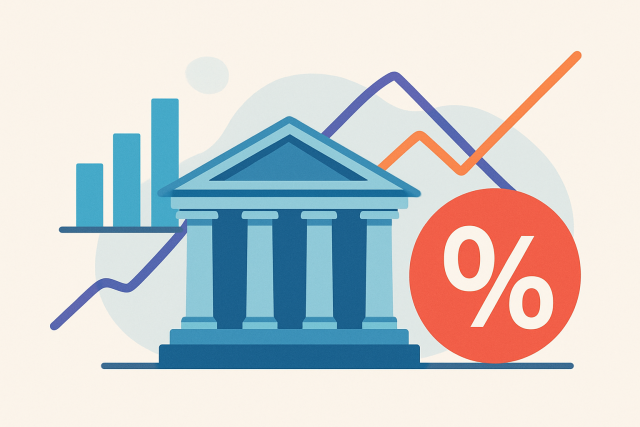
Discover what ZIRP means, why central banks set interest rates to zero, and how this policy shapes m...
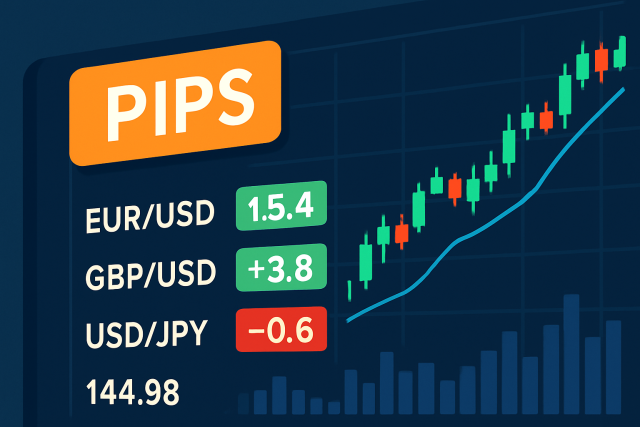
Ever wondered what a pip means in trading? This article explains pips clearly, showing how they meas...
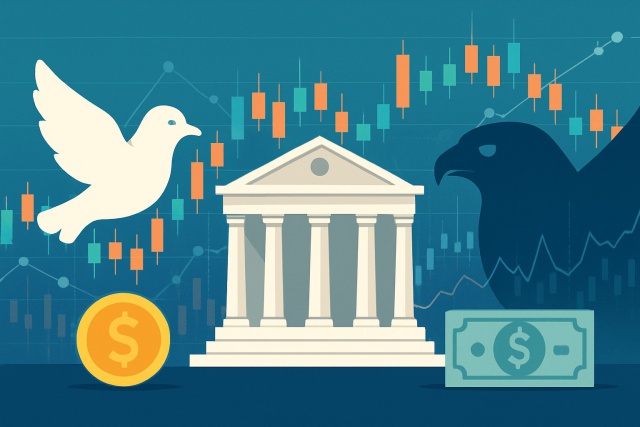
Discover how central banks' hawkish and dovish stances shape financial markets and affect your inves...
